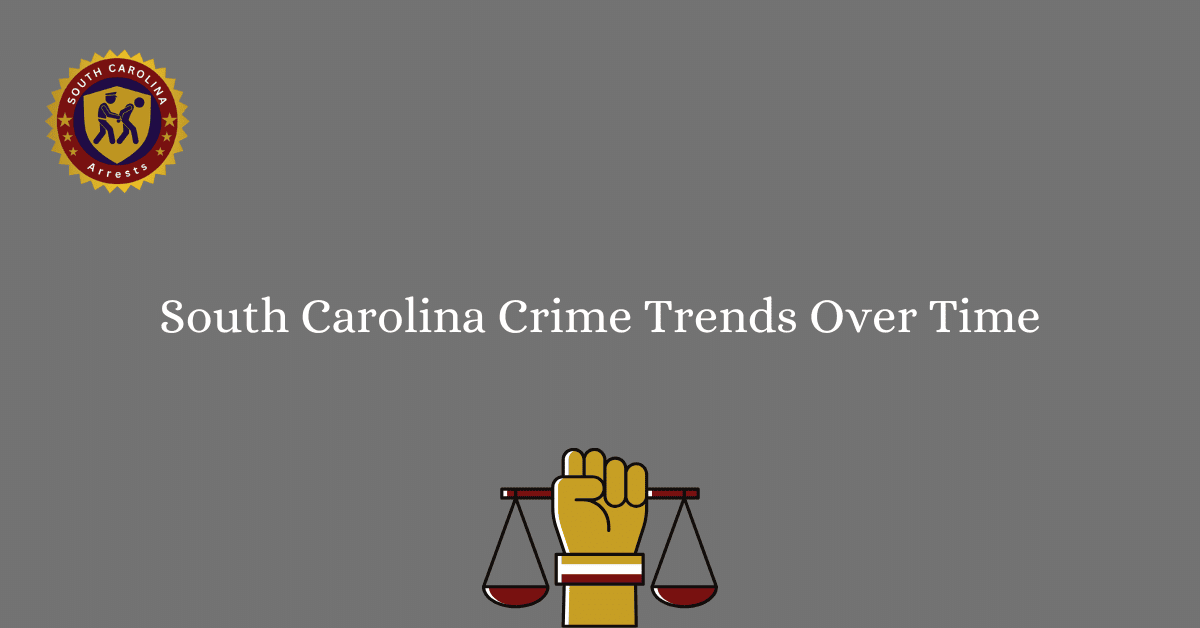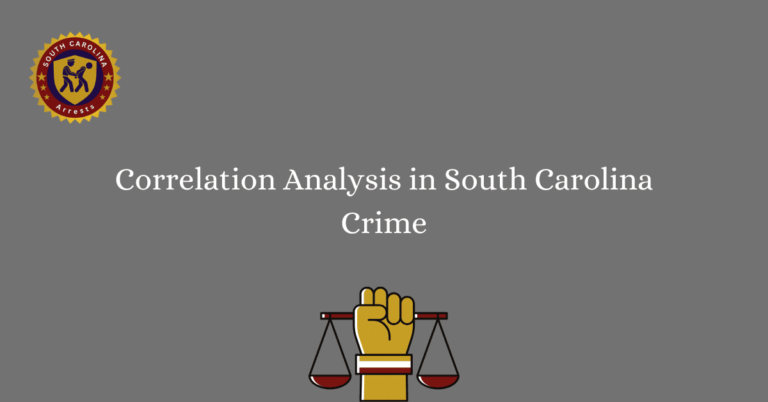South Carolina Crime Trends Over Time
Crime trends in South Carolina have shown interesting patterns over time. From fluctuations in different types of crimes to changes in areas affected by criminal activities, the state has seen shifts in its overall crime landscape. Understanding these trends can provide valuable insights into the factors influencing crime rates and help in formulating effective strategies for crime prevention and intervention.
As we delve into the historical data of crime trends in South Carolina, it becomes evident that certain crimes have seen a steady increase while others have shown a decline. Analyzing these trends over time can offer a glimpse into the societal and economic factors at play, shedding light on the underlying causes of criminal behavior in the state. By examining these patterns, policymakers and law enforcement agencies can better address the root causes of crime and work towards creating a safer environment for all residents of South Carolina.
Overview of Crime Trends in South Carolina
South Carolina has experienced fluctuations in crime rates over the years, with both violent crimes and property offenses showing varying patterns. Understanding the societal dynamics and factors influencing criminal behavior is crucial in addressing these issues effectively. Law enforcement agencies in SC have developed strategies to combat crime, while community initiatives and legislative efforts play a significant role in preventing criminal activities.
Fluctuating Rates of Violent Crimes
Violent crimes in SC have shown fluctuating trends, with periods of increase followed by decreases. Factors such as poverty, substance abuse, and gang activity contribute to the prevalence of violent crimes in certain areas. Law enforcement agencies often focus on targeted interventions to address violent crime hotspots and enhance community safety.
Evolving Patterns in Property Offenses
Property offenses, including theft, burglary, and vandalism, have also evolved in South Carolina. Technological advancements have led to new forms of property crimes, such as identity theft and cybercrime. Law enforcement agencies have adapted their investigative techniques to combat these emerging threats and protect residents’ property.
Societal Dynamics and Criminal Behavior
The societal dynamics in South Carolina play a significant role in shaping criminal behavior. Issues such as poverty, lack of access to education and employment opportunities, and social inequality can contribute to a higher likelihood of individuals engaging in criminal activities. Understanding these underlying factors is essential in developing effective crime prevention strategies.
Law Enforcement Strategies in SC
Law enforcement agencies in South Carolina employ a variety of strategies to combat crime, including community policing, data-driven approaches, and collaboration with other agencies. These strategies aim to enhance public safety, reduce crime rates, and build trust between law enforcement and the community.
Community Initiatives to Prevent Crime
Community initiatives play a crucial role in preventing crime in South Carolina. Programs such as neighborhood watch groups, youth mentorship programs, and crime prevention workshops engage residents in proactive efforts to address safety concerns and promote a sense of community cohesion.
Legislative Efforts Addressing Criminal Activities
Legislative efforts in South Carolina focus on addressing criminal activities through the enactment of laws and policies that deter offenders and protect victims. Initiatives such as sentencing reform, diversion programs, and victim support services aim to improve the criminal justice system’s effectiveness and fairness.
Historical Trajectory of Crime Rates
An analysis of South Carolina’s crime rates over time reveals a historical trajectory that reflects changing social, economic, and political conditions. Long-term trend tracking allows policymakers, law enforcement agencies, and community stakeholders to identify patterns, assess interventions’ effectiveness, and make informed decisions to enhance public safety.
Ongoing Challenges for Authorities and Residents
Despite efforts to address crime trends in South Carolina, authorities and residents face ongoing challenges in combating criminal activities. Issues such as recidivism, substance abuse, and limited resources pose obstacles to achieving sustainable crime reduction and creating safer communities. Collaboration among stakeholders is essential in overcoming these challenges and promoting positive outcomes.
Frequently Asked Questions
Our Frequently Asked Questions section aims to provide you with comprehensive information about SC Crime Trends Over Time. Below, you will find detailed answers to common queries related to this topic.
What are the current crime trends in South Carolina?
The current crime trends in South Carolina show a slight decrease in overall crime rates compared to previous years. However, certain areas, such as property crimes, have seen an increase, prompting law enforcement agencies to implement new strategies to combat these trends.
How has crime in South Carolina evolved over the past decade?
Over the past decade, South Carolina has experienced fluctuations in crime rates, with some years showing a decrease while others saw an increase. Factors such as population growth, economic conditions, and law enforcement initiatives have all played a role in shaping the state’s crime trends.
What are the most common types of crimes in South Carolina?
The most common types of crimes in South Carolina include property crimes such as burglary, larceny-theft, and motor vehicle theft. Violent crimes, such as assault, robbery, and homicide, also occur but at lower rates compared to property crimes.
How do SC cops deal with crime trends?
Law enforcement agencies in South Carolina address crime trends through a combination of proactive policing strategies, community engagement initiatives, and data-driven approaches. By analyzing crime data and identifying hotspots, agencies can allocate resources effectively to combat emerging trends.
How do SC locals help tackle crime trends?
Community members play a crucial role in addressing crime trends in South Carolina by participating in neighborhood watch programs, reporting suspicious activities to law enforcement, and fostering positive relationships with local police departments. Collaboration between residents and law enforcement is essential for creating safer communities.
How can individuals stay informed about crime trends in South Carolina?
Individuals can stay informed about crime trends in South Carolina by accessing public crime data, following local news sources, and engaging with law enforcement agencies on social media platforms. By staying vigilant and informed, residents can contribute to efforts aimed at reducing crime and improving public safety.







